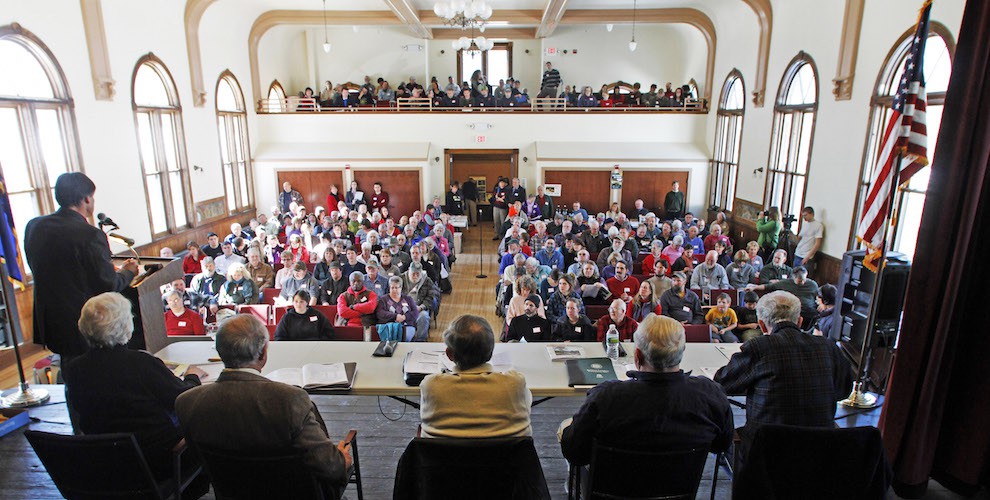When I was growing up in the 1960’s, local radio stations would play an endless stream of Top 40 hit songs. “And the hits, “ the disc jockey would say, “Just keep on coming”.
I’m beginning to feel that way about regulations on donor advised funds.
Donor advised funds have attracted the attention of federal regulators for more than a decade, starting with provisions in the Pension Protection Act of 2006. A series of unfavorable news stories and academic studies suggest that community foundations should expect more regulation in the future.
The Tax Reform Act of 2017, as it was origination introduced, contained, near the end, Section 5202, “Additional Reporting Requirements for Donor Advised Fund Sponsoring Organizations”. This section would have required some new calculations on payouts from donor advised funds in the Form 990. Charities offering donor advised funds would also need to “indicate whether the organization has a policy with respect to donor advised funds … for frequency and minimum level of distributions.” If you have such a policy (and community foundation national standards now require you to have such a policy), then you would need to include a copy of that policy with your Form 990 submission.
To the best of our knowledge, the Section 5202 language was removed from the bill prior to passage. It does, however, give us an indication of the general tenor of regulations which might soon be enacted.
In addition, on December 4, 2017, the Treasury Department and Internal Revenue Service (IRS) issued Notice 2017-73, new proposed guidance for donor advised funds (DAFs). The regulations say that you can’t use a donor advised fund distribution to buy a ticket to a charity dinner or satisfy a membership charge. In addition, a donor advised grant can’t fulfill a legally binding charitable pledge. In both of these instances, that’s the way community foundations currently manage donor advised fund grants.
Another interesting provision of the new regulations would indicate that a distribution from a donor advised fund must be treated for public support test purposes as personally coming from the donor advisor, and not from the sponsoring organization.
Say, for example, that Bill Gates uses his fund at the Montana Community Foundation to make a distribution to The Nature Conservancy. (Bill Gates doesn’t have a donor advised fund at the Montana Community Foundation – I’m just making this up!)
In this case, when the Nature Conservancy is preparing it’s public support test calculation on their Form 990, the gift from the Gates Donor Advised Fund would be treated as coming personally from Bill Gates, rather than from the Montana Community Foundation. That would have the effect of reducing the percentage of public support received by the Nature Conservancy.
Will that make much difference? In the vast majority of cases, no. But there may be communities where a single donor might be funding most of the annual budget of a startup charity. Under the new regulations, it’s possible the startup charity could risk being reclassified as a private foundation.
The regulatory hits just keep on coming.
